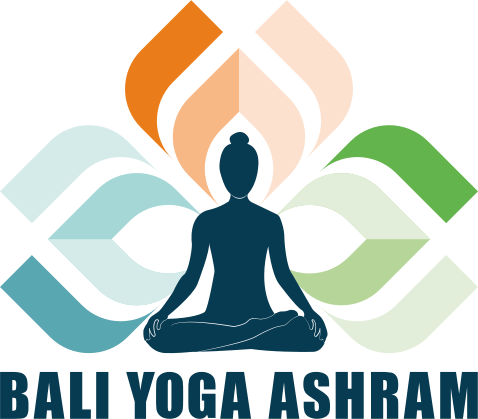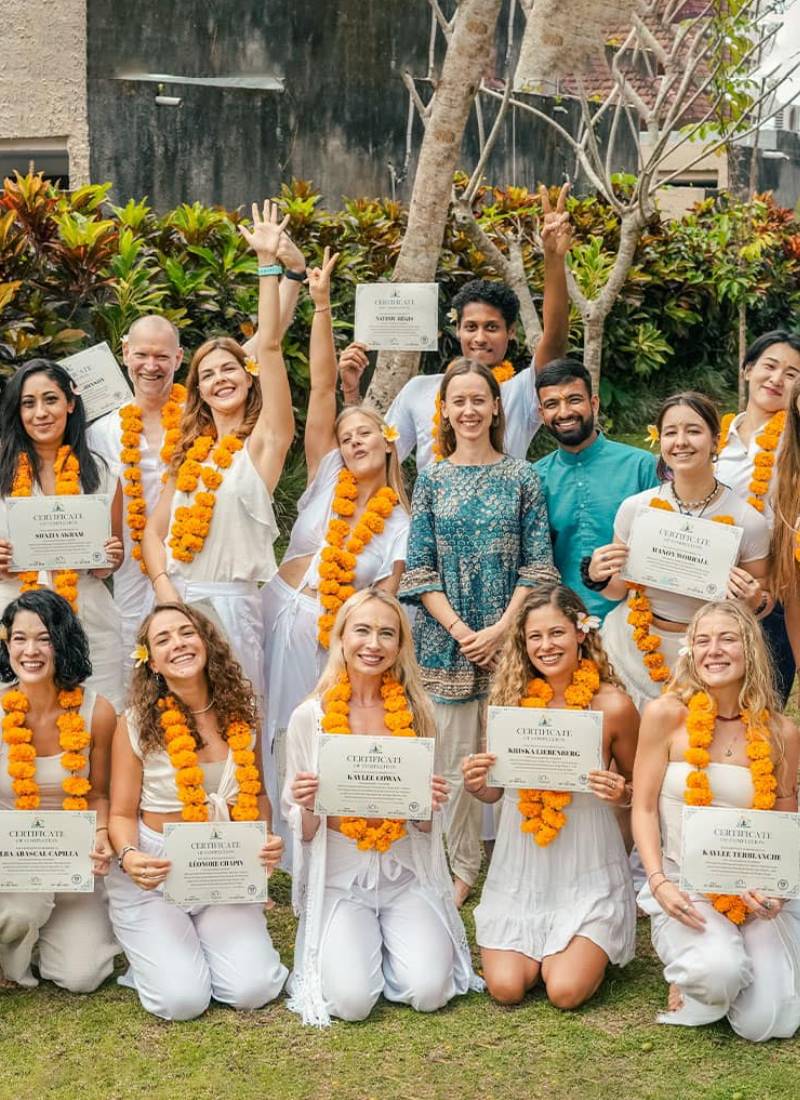
So, you’ve decided to take the plunge into one of the most transformative journeys of your life—a Yoga Teacher Training Course in Bali. Whether your goal is to teach or to deepen your personal practice, choosing the right 200-hour program is crucial. But with the explosion of yoga schools around the world, it’s easy to get swept up by glossy photos and vague promises.
Not every YTTC is the same—and none are run with the dignity that yoga should reflect.
To help you make an informed choice, below are 10 warning signs to watch out for when investigating your 200 Hour Yoga Teacher Training Program. If any of them are around, it might be time to step back, to ask some deeper questions, or just to get out altogether.
- No Accreditation or RYS Status
The first thing to check is whether the school is a Registered Yoga School (RYS) of Yoga Alliance. If not, your certification won’t be recognized worldwide. This can limit your ability to teach in the studios or proceed with additional training.
Red Flag: No mention of Yoga Alliance registration, or vague information about certification.
- No visible curriculum or daily schedule
A well-structured YTTC will offer a complete syllabus of yoga philosophy, anatomy, asana, pranayama, teaching techniques, and practice teaching. If the timetable is vague, too “flexible,” or enigmatic—this is a red flag.
Red Flag: “We go with the flow” sounds great… until you realize it is code for no organization or bad planning.
- Too Many Students in One Batch
Smaller class sizes allow for one-on-one attention, better feedback, and a safer learning environment. If a program puts 40+ students in one training with too few teaching assistants, learning quality and safety can suffer.
Red Flag: Large group photo with minimal mention of student-teacher ratio.
- Unqualified or Rotating Teachers
The lead trainers have to be highly experienced (at least E-RYT 500) and stay for the whole course. Be wary if the instructors seem like a revolving door, or you cannot find teacher bios online.
Red Flag: No credentials mentioned for teachers or trainers weekly changing without warning.
- Too much emphasis on Asana and Instagram-moment type experiences
Yoga is so much more than handstands and sunsets. A quality YTTC will envelop you in yoga’s eight limbs, including meditation, ethics, philosophy, and breathing.
If the course is more fitness retreat with an MC logo slapped on it, chances are that’s what it is.
Red Flag: Their Instagram is loaded with acro poses and no Yoga Sutras, Yamas, or Pranayama talk.
- Hidden Fees and Upsells
Beware of schools that lure you with a low initial fee, then hit you with hidden charges for things like manuals, airport pickups, or required workshops. It creates stress and goes against the transparency of yoga.
Red Flag: Unclear price breakdown or asterisks next to “all-inclusive.”
- Negative Student Reviews or No Testimonials
Real reviews from past students give you the most objective account of what a program is really like. Be wary if there are few or no reviews, very generic testimonials, or oozes of praise for teaching quality, food, or accommodation.
Red Flag: Zero Google, Yoga Alliance, or social media reviews—or only handpicked ones on their own site.
- Inflexibility Around Injuries or Other Bodies
A fine YTTC will teach safe, inclusive, and flexible teaching. If there is any “no pain, no gain” mentality, or no mention of anatomy, injury prevention, or body inclusion, that’s a huge red flag—especially if you plan to teach post-graduation.
Red Flag: Statements like “we only teach traditional yoga” used as a reason not to modify poses or include diverse students.
- Cultural Insensitivity or Spiritual Bypassing
As yoga goes global, schools should honor where yoga originated without appropriating or diluting it. A genuine school will approach yoga in a respectful manner culturally—not as new-age spiritual nonsense or commercialized fad.
Red Flag: Excessively Westernized programs with no roots in yogic philosophy, Sanskrit, or lineage—and no appreciation of Indian cultural heritage.
- No Alumni Community or Post-Training Support
Your training is not complete when the certificate is handed over. Look for schools with alumni networking, post-training support, or continuing education. If the school is gone after graduation, you will feel lost and abandoned.
Red Flag: Not a single word about mentorship, online support, or alumni follow-up after the training.
Listen to Your Inner Teacher
Coming into a 200 Hour Yoga Teacher Training Program is a serious commitment—physically, but also emotionally and spiritually. You must feel secure, cared for, and motivated throughout the whole process.
Use this red flag checklist not to be fearful, but to become a smart consumer and student of yoga. Ask questions. Read between the lines. And most importantly—listen to your inner voice. If it doesn’t feel right, it probably isn’t.
At our multi-style school in Bali, we’re dedicated to creating a training space that honors the entire richness of yoga—both the practice and the journey. Come on down to visit, get your questions answered, and find out if we’re the place for you.
Because when you choose the right Yoga Teacher Training, it’s not just class—it’s a transformative experience.
Does Your Yoga Practice Need A Strong Foundation?
We’d be privileged to share in this sacred path with you. Peruse our upcoming courses, visit our teachers, and have any question you can think of—our door is open, and we’re here to share your learning, genuinely and wholeheartedly.

